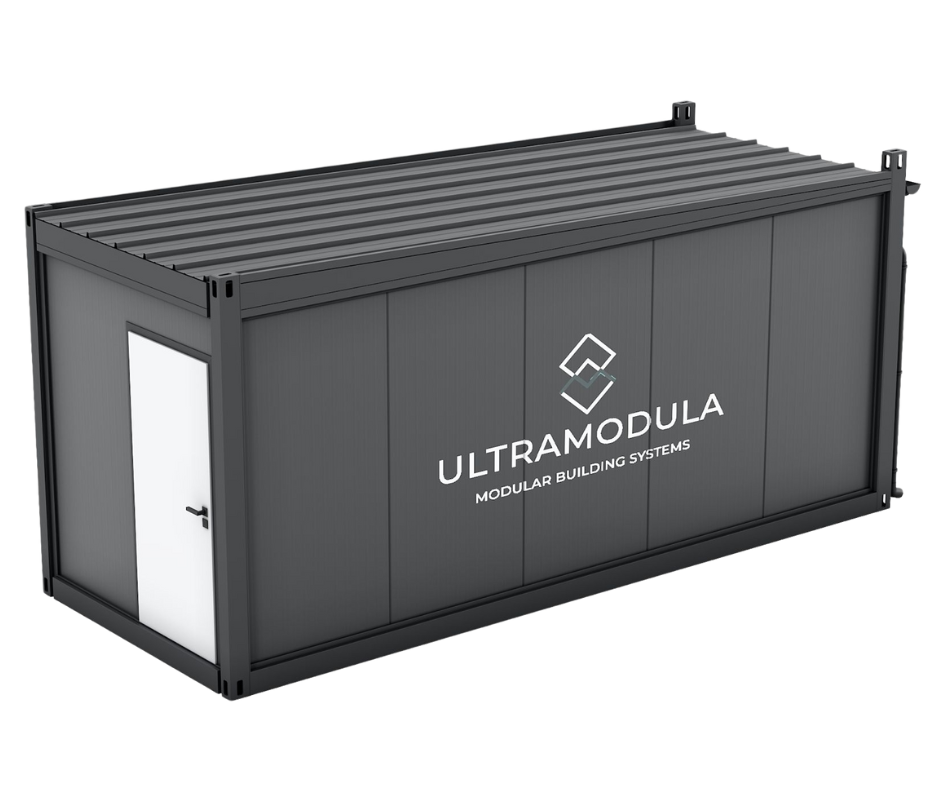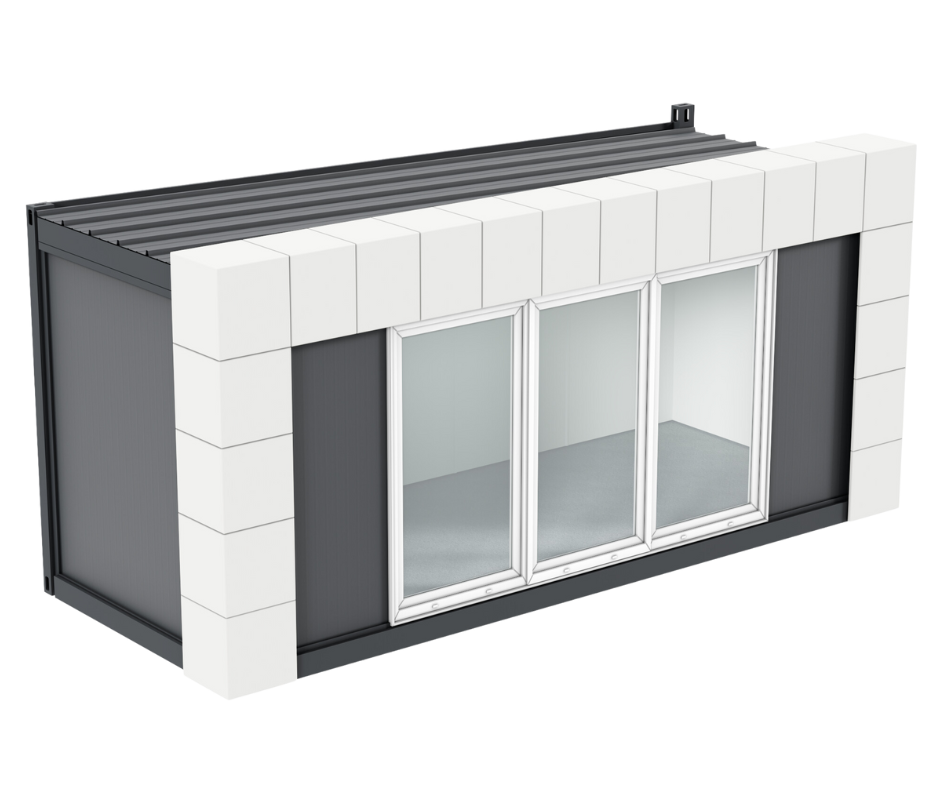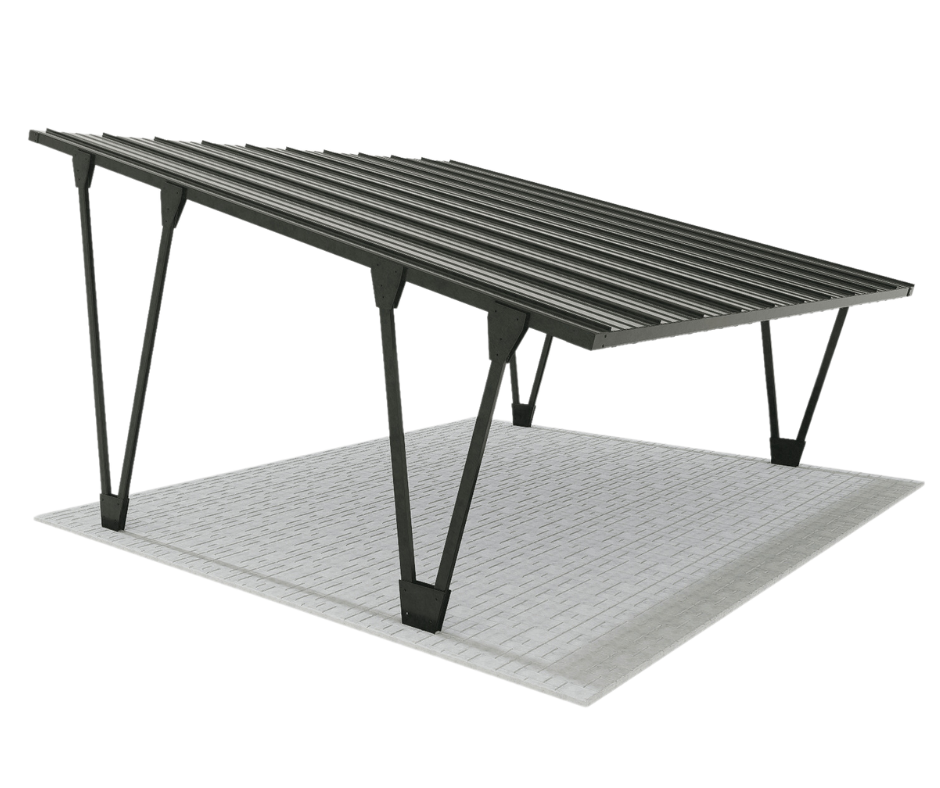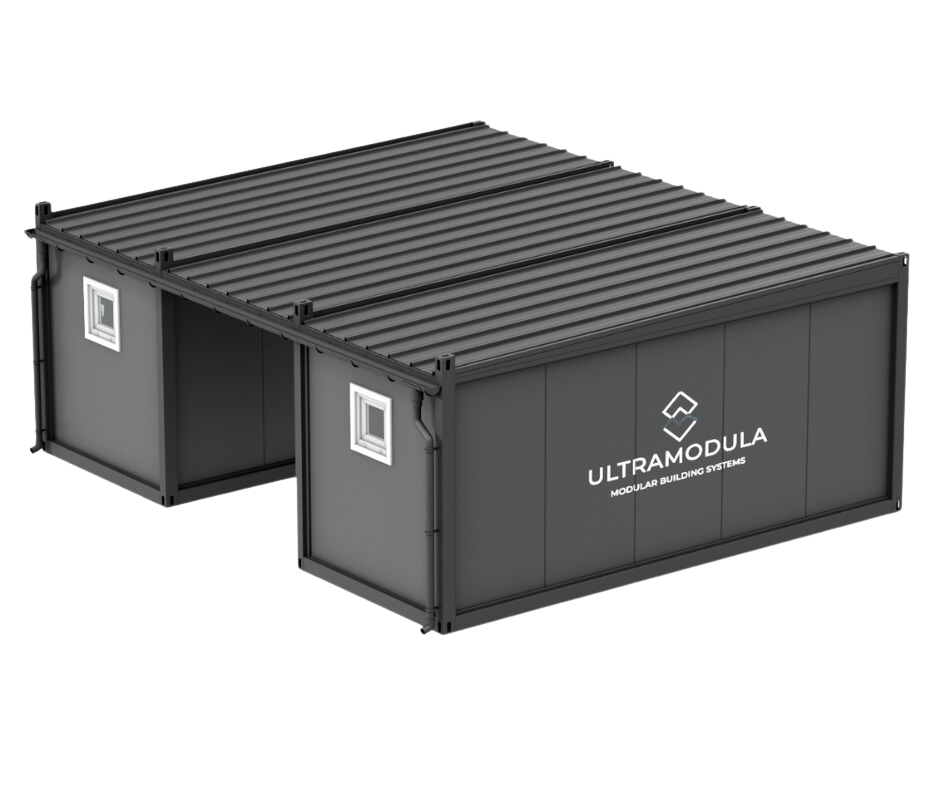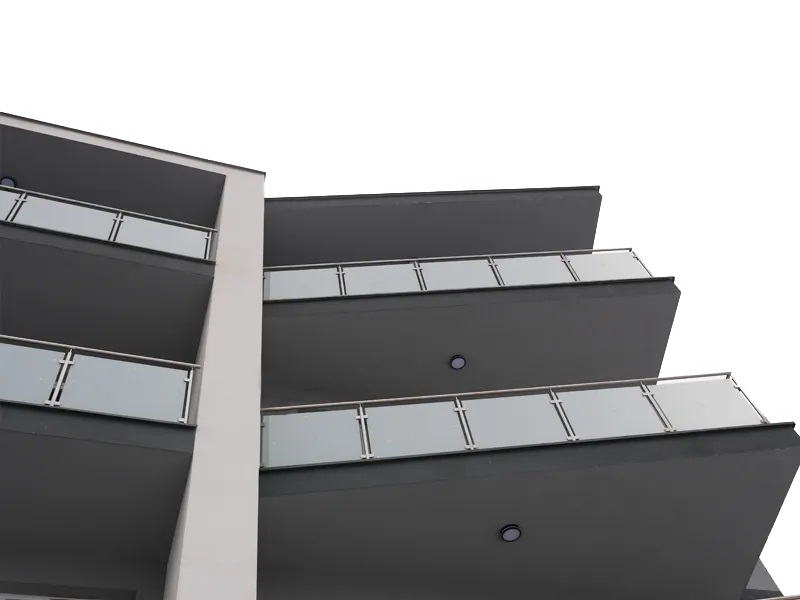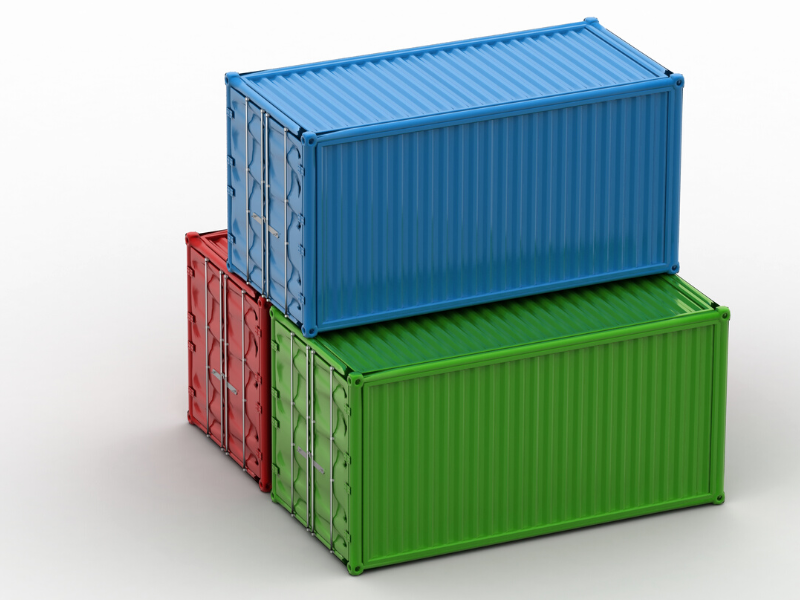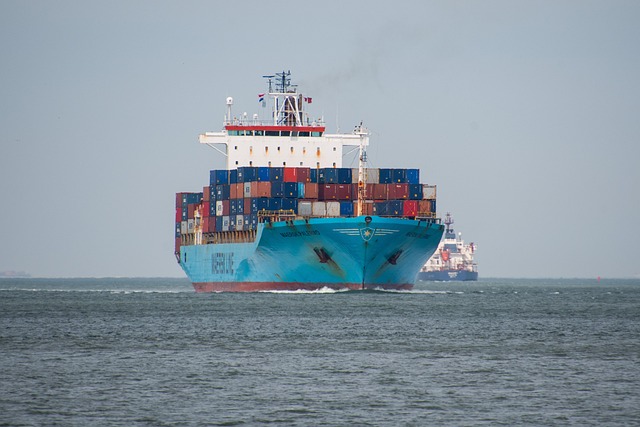
Transport containers marine
Huge ships carrying thousands of containers have become a popular image in recent years. Transport of sea containers is a branch of logistics that has developed like no other over the past decades, and terminals container is the type of ports with the highest growth dynamics in the number of transshipments. How did it happen that this particular form of supply displaces others? What are the advantages of sea transport and why? containers have become such an important part of trade?
Sea transport and its advantages
Transporting goods by water, whether by river or sea, is not a modern discovery - such an activity was already known in antiquity. In the past, this was the only way to get rarities and other luxury goods from distant lands to European tables. Over time, after the invention of the steam locomotive, and later cars and airplanes, shipping somehow lost its monopoly on large-size transport. It is currently experiencing its heyday again. What are the reasons for this?
Firstly, sea transport is a large capacity and low price
The greatest advantage of transporting goods by sea is the capacity, both of the container ships and themselves containers. The design and dimensions of sea containers allow you to transport a large amount of goods in one load. This reduces logistics costs, which in turn has a positive effect on the final price at which products can be offered on the market. On the other hand, container ships, as special ships designed and manufactured exclusively for the transport of containers, are able to accommodate a large number of them. This again translates into relatively low costs of the entire delivery.
Interestingly, the capacity of each such vessel is calculated in TEU (Twenty-foot Equivalent), which is equivalent to container 20 feet, i.e. an object with external dimensions of 6058 x 2438 x 2591 mm. It is currently the largest container ship in the world Ever Alot 399,99 m long and 61,5 m wide. Its deck area is 24 m2 and a capacity of 24 TEU. It is worth remembering that apart from giant container ships, which are dedicated to long routes to the largest ports in the world, sea transport is also carried out by small vessels: feeders. They often distribute containers from large to smaller ports, and their capacity is usually no more than 2000 TEU.
Secondly, sea containers can accommodate even very large cargo
Thanks to the availability of various models and dimensions of transport containers, they give the possibility of transporting loads of various sizes. For example, objects with an open roof allow you to safely transport products that, for various reasons, cannot be placed in a standard one container. These are, for example, loads that exceed the height of a standard box, those that must be loaded from above and those that are difficult to handle, if only because of their weight.
And thirdly: any goods can be packed into a sea container
It is estimated that currently around 90% of goods in the world are transported by sea, of which more than ⅔ are containerized. Looking at these values, it's easy to say that virtually everything in the world is packed into containers. That is why there are many types adapted to the specificity of the goods being shipped - this is a huge advantage of such containers over other forms of product packaging.
The basic types of containers have been defined in the ISO standard and they are:
- general purpose container,
- containers for dry bulk cargo (bulk container, dry bulk container),
- thermal containers,
- plate (platform) and plate-type (flatrack) containers,
- tank containers,
- air containers,
- specialized containers (named cargo container).
From the above list, each of the models presented above is used in sea transport, except for containers flights.
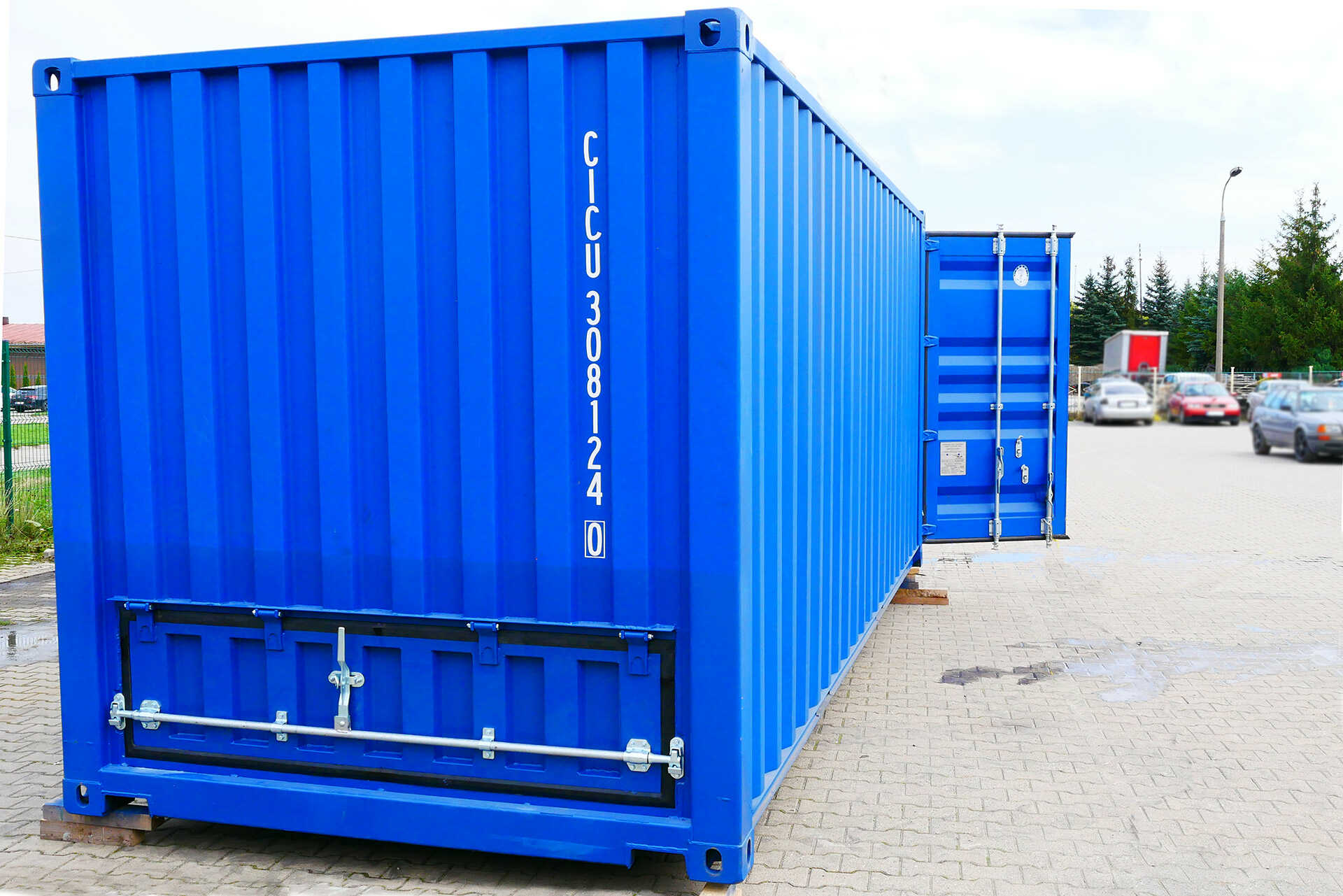
Container sea Bulk for the transport of loose materials.
The most universal type is the one specified as general purpose. It is perfect for both typical general cargo and - after some modifications - for loose or loose goods. For this purpose, the so-called big bags loaded pneumatically and completely filling the interior of the container.
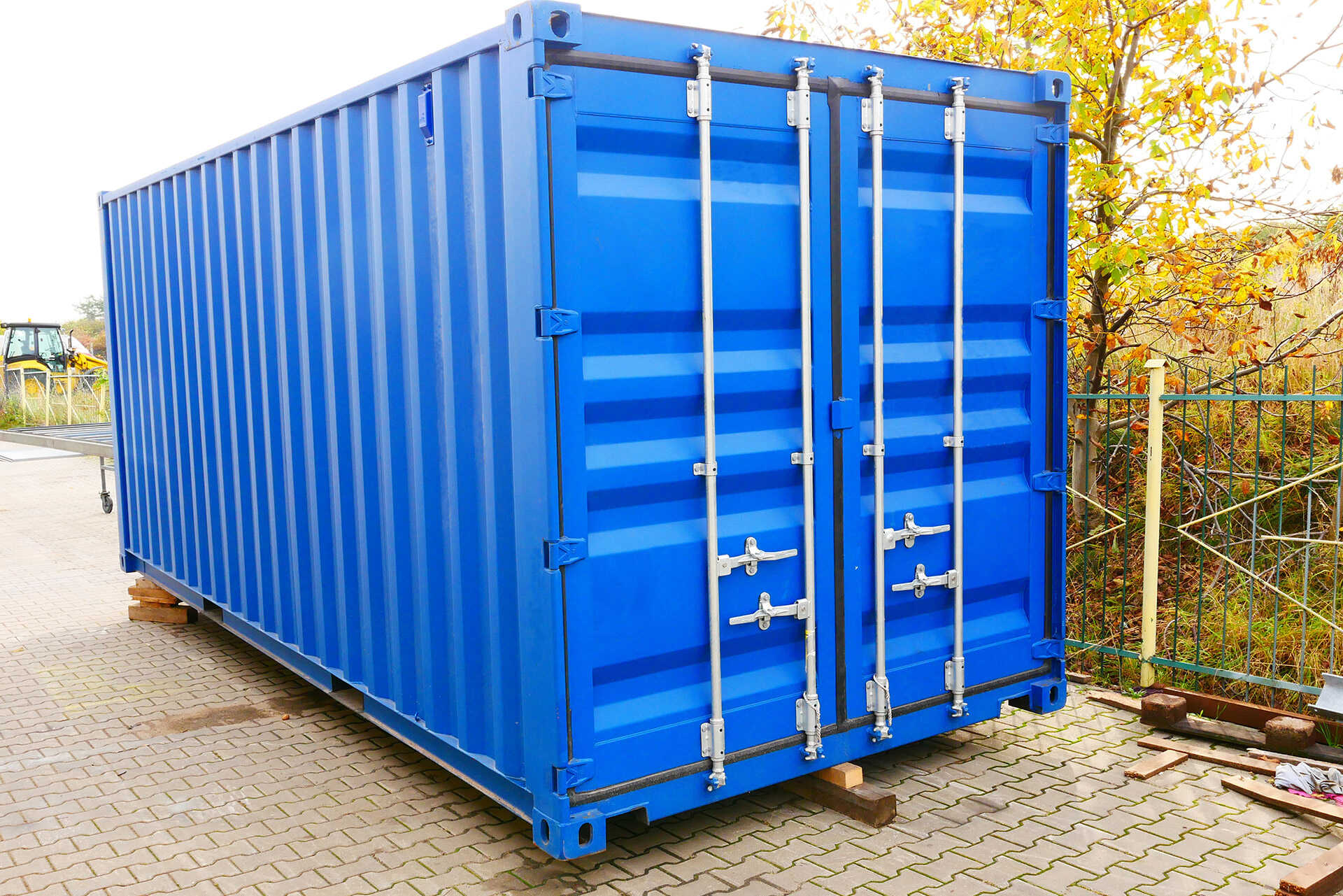
sea container Bulk for transporting loose materials.
By sea, with the use of isothermal containers, it is also possible to transport goods that require maintaining an appropriate temperature. On the other hand, by using tank containers, it is possible to transport liquids or gases. This solution also enables the freight of dangerous, explosive, flammable or poisonous goods.
Sea containers ways of transport
All sea containers are objects designed to transport goods by sea, but also by land, over long distances. Why is it so important? After all, simply delivering products to the port is not enough. Sea transport is inextricably linked with further delivery, which must take place “over land”.
An important role in this stage of transporting goods from the manufacturer to the destination is primarily road transport, followed by rail transport. When it comes to cars, both tractor units with a semi-trailer and trailers are used for the transport of containers. A dedicated type of container semi-trailer has been designed for sea containers. It is equipped with special slots, the most common are type locks lift lock spacing suitable for 20 and 40-foot containers, allowing the container to be locked to its bottom corners in a very short time.
How long does the sea transport of a container take?
This question is one of the most frequently asked in the context of the carriage of goods by sea. It is known that time is money and everyone would like to receive the goods as soon as possible. In this respect, sea transport is not very competitive, but it also does not lag behind, for example, rail deliveries. For comparison, a container ship from China sails to Europe from 4 to 6 weeks (the route between the ports of Gdynia and Shanghai is about 33 days), while the route of about 1100 km between the country of the Middle Kingdom and Poland by train with containers overcome in about 17 days. However, it is worth remembering that delays are more common on railway routes due to, among other things, the need to replace trains due to different track widths.
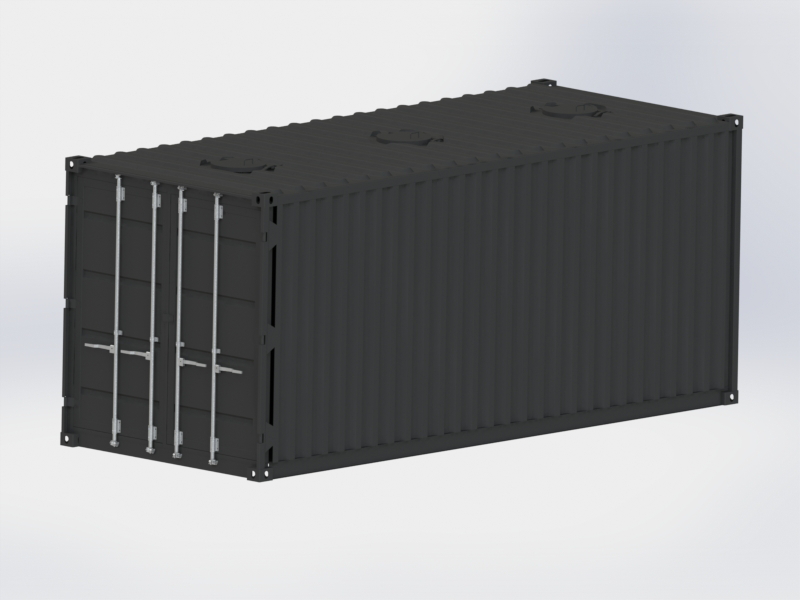
Bulk sea container for transporting loose materials.
Sea transport and ecology
Like any type of transport, shipping is not indifferent to the environment. However, compared to road transport or air deliveries, it is much more favorable. According to the report of the European Environment Agency from March 2021: rail and sea transport are the least emission choices in motorized transport. Rail and waterborne transport have the lowest emissions per kilometer and per transported unit, while aviation and road transport emit much more.
This is certainly an important reason to bet on the transport of goods using sea containers. Not only will it be financially beneficial, but also the negative impact on the environment will be limited.


